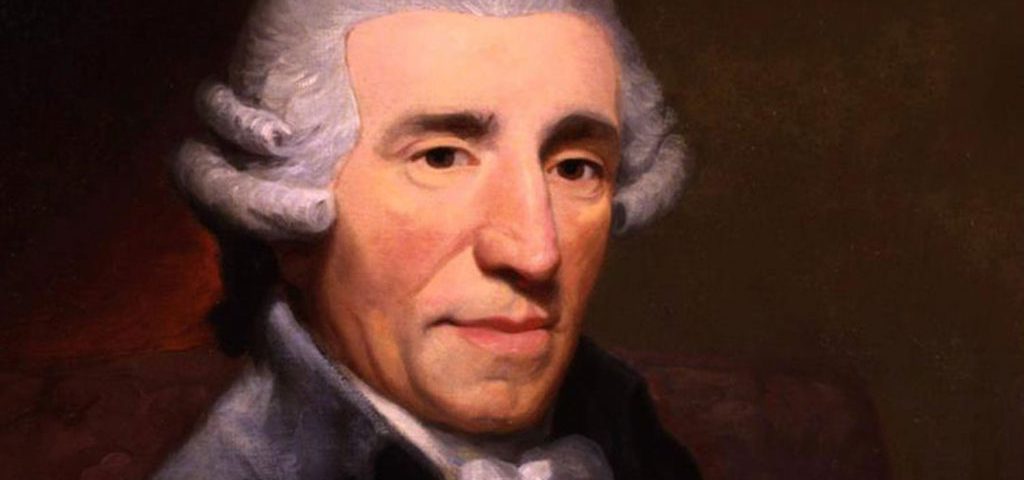Franz Joseph Haydn: Austrian Composer of the Classical Period
March 1732 – May 1809
Haydn was an Austrian composer of the Classical period. He was instrumental in the development of chamber music such as the piano trio. His contributions to musical form have earned him the epithets “Father of the Symphony” and “Father of the String Quartet.” Haydn spent much of his career as a court musician for the wealthy Esterházy family at their remote estate. Until the later part of his life, this isolated him from other composers and trends in music so that he was, as he put it, “forced to become original.” Yet his music circulated widely, and for much of his career he was the most celebrated composer in Europe.
The tale of how this symphony was composed was told by Haydn in old age.
At that time, Haydn’s boss Nikolaus I, Prince Esterházy, was in residence, together with all of his musicians, at his favorite summer palace in rural Hungary. The stay there had been longer than expected, and most of the musicians had been forced to leave their wives back at home in Eisenstadt, about a day’s journey away. Longing to return, the musicians appealed to their leader for help. Haydn, instead of making a direct appeal, put his request into the music of the symphony; during the final adagio each musician stops playing, snuffs out the candle on his music stand, and leaves in turn, so that at the end, there are just two muted violins left.
Fun Fact: Following his death on May 31, 1809, Haydn’s remains were interred in the local Hundsturm cemetery until 1820, when they were moved to Eisenstadt by Prince Nikolaus. His head took a different journey; it was stolen by phrenologists (those studying personality and character) shortly after burial, and the skull was reunited with the other remains only in 1954.
Join is February 24, 2019 as the La Mirada Symphony will perform selected works from Haydn.

